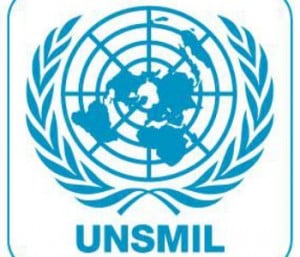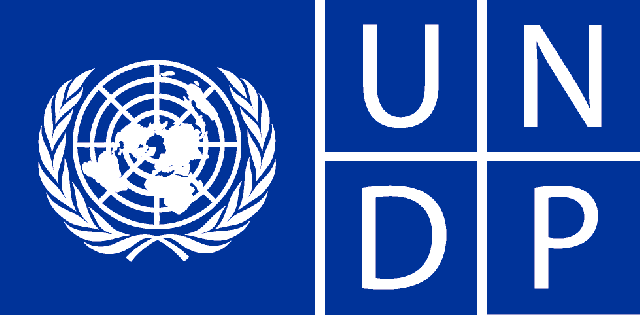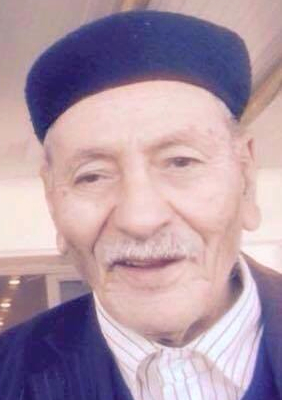By Sami Zaptia.
London, 1 August 2016:
The United Nations Support Mission in Libya (UNSMIL) has documented 41 civilian casualties, including 12 deaths and 29 injuries, during the conduct of hostilities across Libya from 1 July to 31 July. Victims included 4 children killed and 4 injured, 8 men killed and 16 injured and 8 women injured, it said in a statement released today.
UNNSMIL said that the majority of civilian deaths were caused by gunshots (5 deaths and 2 injured), while the next leading cause of death was vehicle-borne improvised explosive devices (3 deaths and 4 injured) and explosive remnants of war (3 deaths), then air strikes (1 deaths and 9 injured) and then shelling (14 injured).
UNSMIL documented 5 deaths and 18 injured in Benghazi, 4 deaths and 11 injured in Derna and 3 deaths in Kufra.
The Libyan National Army/Libyan Air Force carried out the airstrikes in Derna, which led to the death and injury of civilians (1 killed, 9 injured), while the Derna Mujahedin Shura Council was responsible for the death of 3 civilians. Information received indicated that armed groups aligned to Operation Dignity were responsible for the death of 2 civilians in Benghazi.
UNSMIL was unable to determine with certainty which other parties caused civilian casualties in July.
On 21 July, the bodies of 14 people were found in a rubbish dump in al-Leithi, Benghazi. Information received by UNSMIL indicated that the bodies had signs of torture and gunshot wounds to the head. It further indicated that an unidentified armed group abducted some of the victims in Benghazi earlier in the month. The military prosecutor in Benghazi is reportedly carrying out an investigation.
On 27 July, the Benghazi Medical Center handed over the bodies of 3 male nurses to their relatives. The three had reportedly been providing medical support to the Libyan National Army and were taken captive by opposition forces. It is alleged that they were executed by groups pledging allegiance to the Islamic State in Iraq and Levant (ISIL).
The figures for civilian casualties set out above only include persons killed or injured in the course of hostilities and who were not directly participating in the hostilities. The figures do not include those casualties that are not a direct result of hostilities, for example executions after capture, torture or abductions, or casualties caused as an indirect consequence of hostilities.
The figures are based on information UNSMIL has gathered and cross-checked from a broad range of sources in Libya, including human rights defenders, civil society, current and former officials, employees of local governments, community leaders and members, witnesses, others directly affected and media reports.
In order to assess the credibility of information obtained, where possible, UNSMIL reviewed documentary information, including medical records, forensic reports and photographic evidence.
The figures are only those that UNSMIL was able to document in the reporting period. They are not likely to be complete and may change as new information emerges about incidents involving civilian casualties that took place during this period.
Similarly, while UNSMIL has systematically tried to ensure that the cases it documented are based on credible information, further verification would be required to attain a higher standard of proof. Due to the security situation, UNSMIL has not been able to carry out direct site visits in Libya to obtain information.
Disruption in communications especially in areas controlled by groups pledging allegiance to ISIL and fear of reprisals against sources further hamper information gathering.
While not all actions leading to civilian casualties breach international humanitarian law, UNSMIL reminds all parties to the conflict that they are under an obligation to target only military objectives. Direct attacks on civilians as well as indiscriminate attacks – which do not distinguish between civilians and fighters – are prohibited.
Attacks that are expected to cause incidental loss of civilian life, injury to civilians and damage to civilian objects excessive to the anticipated concrete and direct military advantage are also prohibited. Such attacks amount to war crimes that can be prosecuted by the International Criminal Court.
In order to ensure greater protection of the civilian population and essential infrastructure, all parties engaged in fighting in Libya must cease the use of mortars and other indirect weapons and imprecise aerial bombardments in civilian-populated areas, and not place fighters or other military objectives in populated areas.
All executions of captives must cease and all those captured including fighters must be treated humanely in all circumstances. Murdering or torturing captives is also a war crime, regardless of what the captive may be accused of, the UNSMIL report concluded.









